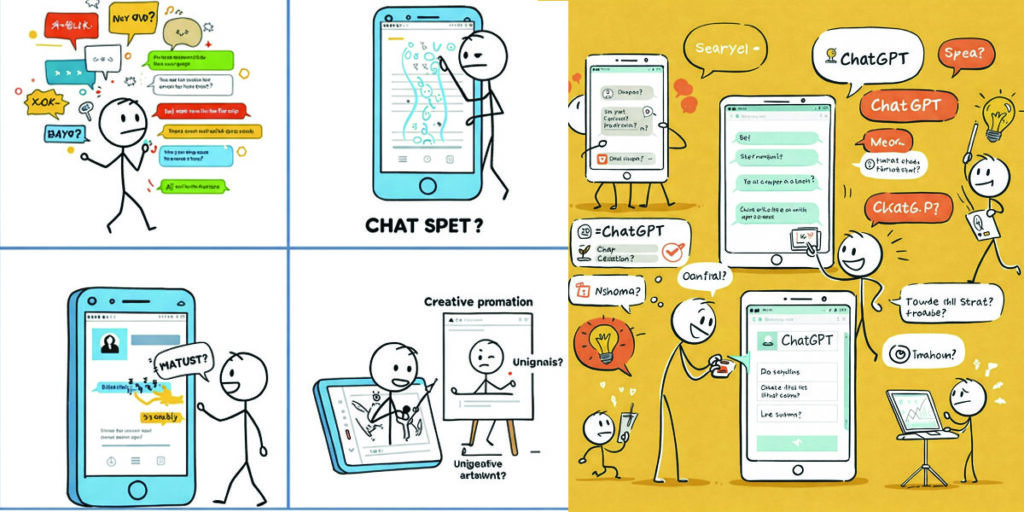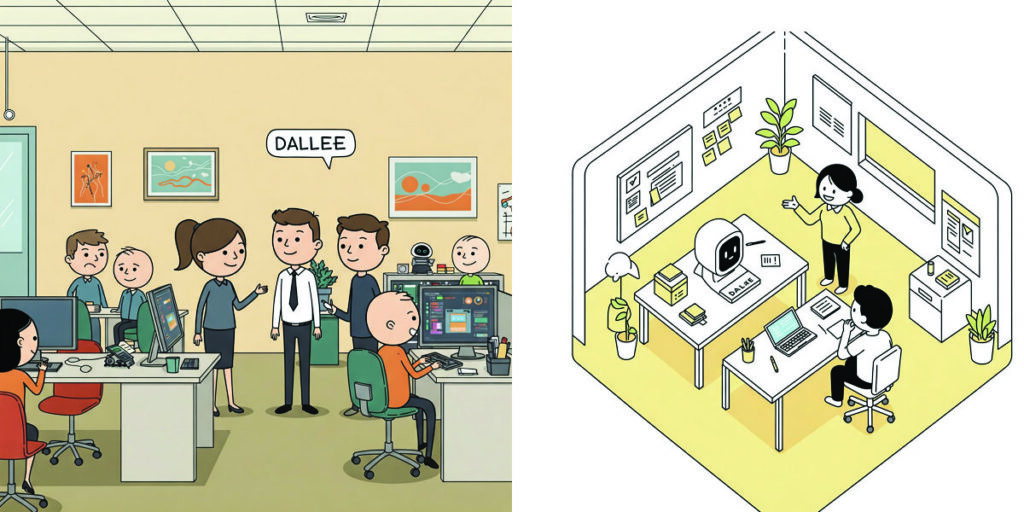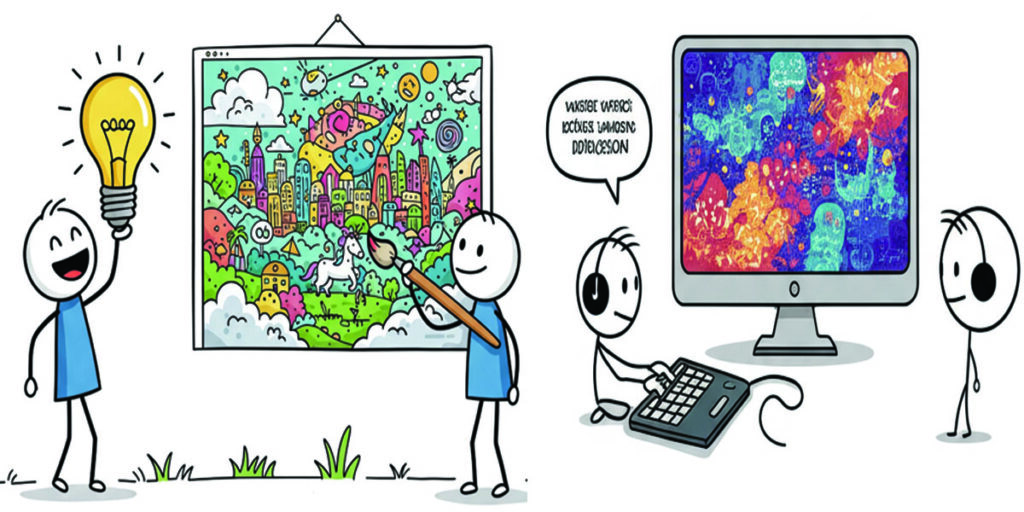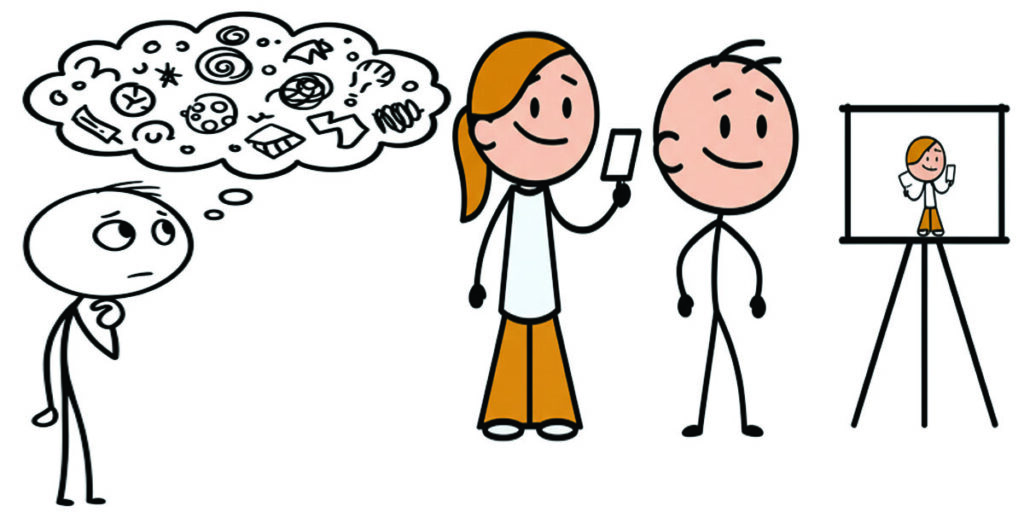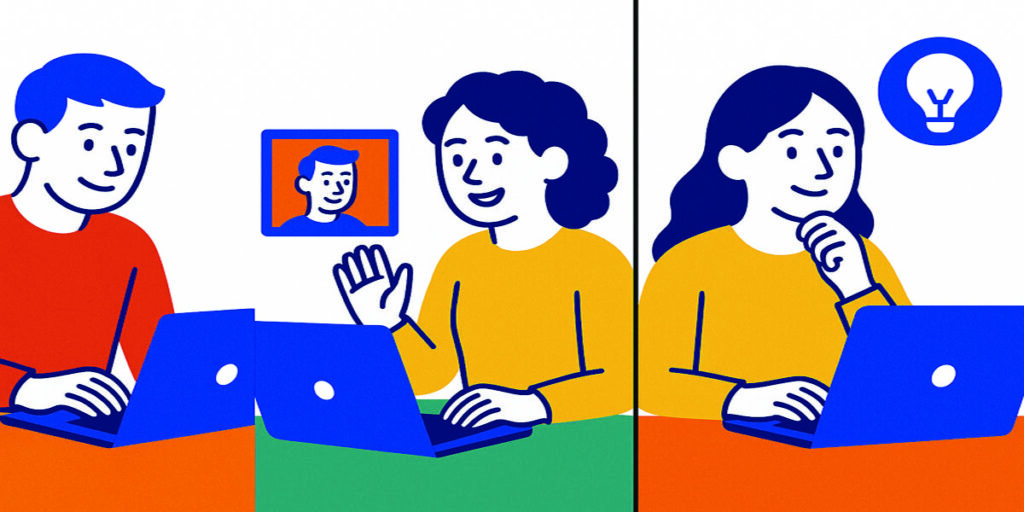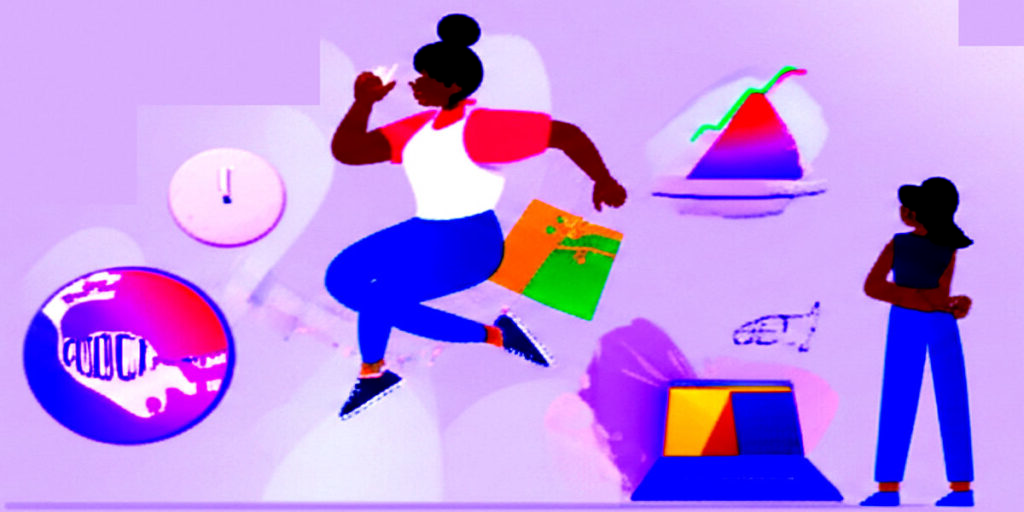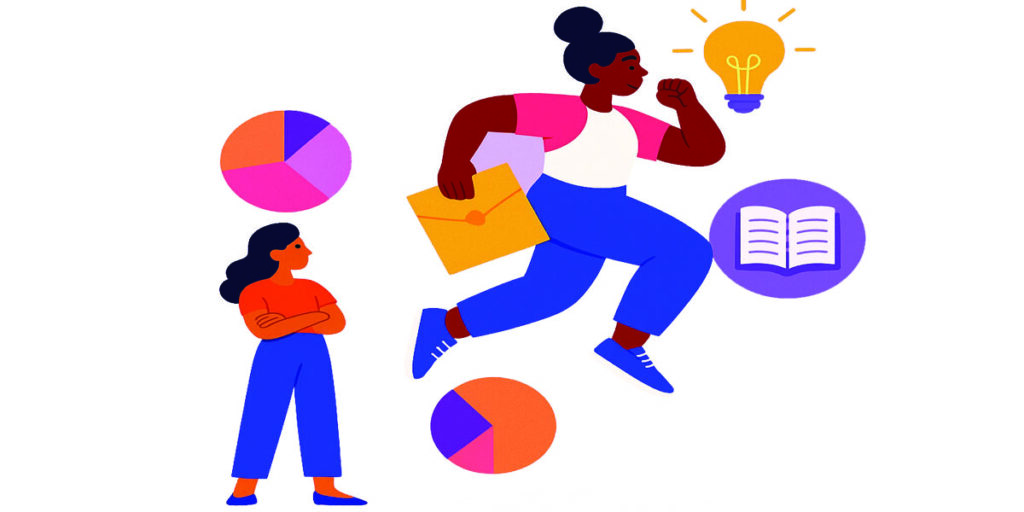Synthesia: Revolutionizing Video Creation Through AI Avatars
In an era dominated by visual content, the ability to produce high-quality videos efficiently and affordably has become paramount for businesses, educators, and content creators alike. Synthesia, an AI video generator, has emerged as a groundbreaking solution, transforming text into engaging video content featuring photorealistic virtual avatars. Founded in 2017 by a team of AI researchers and entrepreneurs from prestigious institutions like UCL, Stanford, TUM, and Cambridge, Synthesia’s mission is to democratize video creation, eliminating the traditional barriers of cameras, microphones, and studios. This article delves into the history, economic market, and networking aspects of Synthesia, exploring its impact on the content creation landscape and its future trajectory.
A Genesis Driven by AI Innovation
Synthesia’s inception was rooted in the advancements of generative AI, particularly in the areas of computer vision, natural language processing (NLP), and speech synthesis. The founders recognized the immense potential of these technologies to streamline and revolutionize video production. Traditional video creation is often a time-consuming and resource-intensive process, involving scriptwriting, casting actors, filming, editing, and post-production. Synthesia aimed to disrupt this paradigm by enabling users to generate professional-quality videos simply by inputting text.
The core technology behind Synthesia involves several key components:
Text-to-Video AI: This engine converts written scripts into spoken narratives with natural-sounding voiceovers. Synthesia supports over 120 languages, making it ideal for global communication.
Realistic AI Avatars: Synthesia offers a library of over 230 diverse AI avatars that can deliver the video content. These avatars are designed to mimic human gestures and expressions, creating a more engaging viewing experience. Users also have the option to create custom avatars that resemble real individuals, complete with voice cloning capabilities.
Video Synthesis and Editing: The platform seamlessly integrates the generated audio and visuals, synchronizing the avatar’s lip movements with the voiceover. It also provides users with a range of editing tools and over 250 video templates to customize their content.
Since its launch, Synthesia has rapidly evolved, continually enhancing its AI models, expanding its avatar and language libraries, and introducing new features such as AI video dubbing, collaboration workspaces, and advanced analytics. The company’s commitment to research and development, with a dedicated team focused on AI safety and ethics, underscores its responsible approach to innovation.
The Burgeoning Economic Market of AI Video Generators
The global AI video generator market has witnessed significant growth in recent years, driven by the increasing demand for video content across various industries and the advancements in AI technology. According to market research reports, the market size was valued at approximately $534.4 million to $614.8 million in 2024 and is projected to reach between $2.5 billion and $3.8 billion by 2032-2033, exhibiting a compound annual growth rate (CAGR) of around 19.5% to 30.7%.
Several factors are fueling this rapid expansion:
Surging Demand for Video Content: Video has become the dominant form of content consumption online, with 91% of people watching explainer videos to learn about products and services. Businesses are increasingly relying on video for marketing, training, communication, and customer support.
Cost and Time Efficiency: AI video generators significantly reduce the time and cost associated with traditional video production. Synthesia, for instance, claims to save users up to 95% of the time typically spent on video creation.
Scalability and Personalization: AI-powered platforms enable businesses to create and localize video content at scale, tailoring messages to specific audiences and regions. Synthesia supports over 140 languages, facilitating global reach.
Technological Advancements: Continuous improvements in AI algorithms, such as Generative Adversarial Networks (GANs) and transformer models, are enhancing the realism and quality of AI-generated videos.
Growing Adoption by SMEs and Large Enterprises: Small and medium-sized enterprises (SMEs) are leveraging AI video generators to enhance customer engagement through personalized marketing, while large enterprises are using them for internal communications, training, and product demonstrations. Over 50% of the Fortune 100 companies are reported to be using Synthesia.
Synthesia has positioned itself as a leading player in this burgeoning market. Its focus on enterprise solutions, high-quality output, and a wide range of features has attracted a substantial customer base, including over 55,000 companies worldwide and 70% of the Fortune 100. The company’s recent $180 million Series D funding round in January 2025, which valued it at $2.1 billion, and a strategic investment from Adobe in April 2025, underscore its strong growth trajectory and market potential. While facing competition from other AI video generation platforms like HeyGen, which has also experienced rapid growth, Synthesia’s strong enterprise focus and continuous innovation are key differentiators.
The market is segmented by deployment (cloud-based and on-premises), component (software and services), source (text-to-video, image-to-video, etc.), application (marketing and advertising, training and education, etc.), enterprise size, and end-user industry. The text-to-video segment currently holds the largest market share, and the marketing and advertising and IT & telecom sectors are significant end-users. North America dominated the market in 2024, but the Asia-Pacific region is expected to witness the highest CAGR due to the increasing adoption of AI technologies.
Networking and Collaboration in the Age of AI Video
Synthesia and other AI video generators are not just about individual content creation; they also foster new forms of networking and collaboration within organizations and across the digital landscape.
Internal Collaboration: Platforms like Synthesia offer collaboration workspaces that allow teams to work together on video projects in real time. Features such as live collaboration and commenting streamline the video creation process, enabling efficient teamwork regardless of geographical location.
Enhanced Communication and Training: Businesses are using AI-generated videos for internal communications, employee training, and onboarding. The ability to quickly create consistent and professional video content ensures that information is disseminated effectively across the organization. Case studies have shown significant time and cost savings in training departments using Synthesia.
Global Reach and Localization: The multilingual capabilities of Synthesia facilitate networking with international audiences. Companies can easily translate and dub videos into multiple languages, ensuring their message resonates with diverse markets. The AI-enhanced dubbing feature synchronizes lip movements with natural-sounding voices, enhancing the viewing experience.
Content Repurposing and Scalability: AI video generators enable creators to repurpose existing content, such as blog posts and presentations, into engaging video formats. This scalability allows businesses and individuals to expand their reach and engage with their audience across multiple platforms.
Integration with Existing Tools: Synthesia offers seamless integration with popular productivity and marketing tools, such as YouTube and various learning management systems. This interoperability simplifies the process of sharing and embedding videos, enhancing the overall workflow.
Personalized Communication: The option to create custom avatars and voice clones allows for a more personalized approach to communication. Businesses can create avatars of their spokespeople or trainers, fostering a stronger connection with their audience.
The rise of AI video generators also impacts the broader network of content creators and media professionals. While some may perceive AI as a threat to traditional roles, it also presents opportunities for new forms of collaboration and specialization. For instance, scriptwriters can focus on creating compelling narratives optimized for AI generation, while marketing teams can leverage AI to rapidly produce and test video content for different campaigns.
Furthermore, the ethical considerations surrounding AI-generated media necessitate networking and collaboration among technology developers, policymakers, and industry stakeholders. Ensuring responsible use, addressing issues of misinformation and deepfakes, and establishing clear guidelines are crucial for maintaining trust in digital content. Synthesia’s active participation in initiatives like the Partnership on AI highlights the importance of industry-wide collaboration in navigating these ethical challenges.
The Future Landscape of AI Video Generation
The field of AI video generation is rapidly evolving, and several key trends are expected to shape its future:
Enhanced Realism and Interactivity: AI models will continue to improve, leading to even more photorealistic avatars and increasingly natural interactions. Features such as real-time video generation and interactive elements are likely to become more prevalent.
Greater Personalization: AI will enable the creation of highly personalized video content tailored to individual viewer preferences and behaviors. This could include dynamic adjustments based on user data and real-time feedback.
Multimodal AI Integration: Future AI video generators will likely integrate with other AI modalities, such as image generation and text analysis, to create richer and more context-aware video content.
Democratization and Accessibility: As the technology becomes more refined and user-friendly, AI video generation will become accessible to an even wider range of users, further democratizing video creation.
AI-Powered Video Editing: AI tools will play an increasingly significant role in video editing, automating tasks such as scene transitions, audio syncing, and content enhancement.
Ethical Frameworks and Regulations: As AI-generated media becomes more sophisticated, the development of ethical guidelines and regulations will be crucial to address potential misuse and ensure transparency.
Synthesia is positioning itself at the forefront of these advancements, investing in research and development to push the boundaries of AI video technology. Its focus on creating an end-to-end platform for scalable, secure, and multilingual video communications indicates a vision for a future where AI-powered video is seamlessly integrated into enterprise workflows.
Synthesia’s journey from an ambitious idea to a leading AI video generation platform exemplifies the transformative power of artificial intelligence. By breaking down the traditional barriers of video production, it has empowered businesses and individuals to create engaging visual content with unprecedented efficiency and scale. The company’s growth reflects the burgeoning economic market for AI video generators, driven by the insatiable demand for video content and the continuous advancements in AI technology.
Beyond content creation, Synthesia fosters new forms of networking and collaboration, enabling teams to work together seamlessly, businesses to communicate globally, and creators to repurpose content effectively. As the field continues to evolve, Synthesia’s commitment to innovation and responsible AI practices will be crucial in shaping the future landscape of video communication. The ability to transform text into lifelike video with virtual avatars is not just a technological feat; it is a fundamental shift in how we create, share, and consume information in the digital age.

